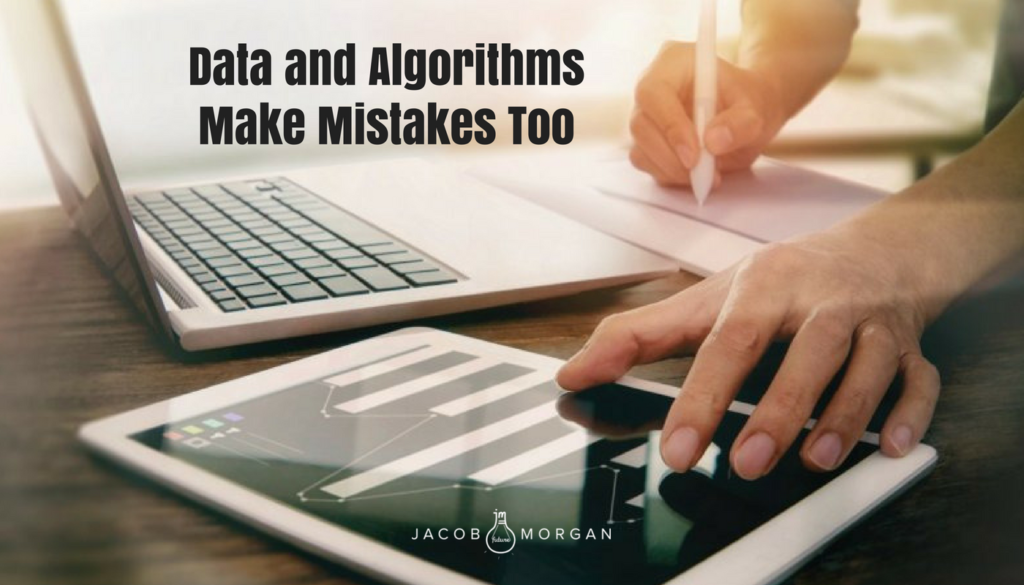
Take a quick look around your work desk–you likely have a smartphone, a wearable device, a way to clock in an out, and a computer that monitors what websites you go to. Perhaps you just took an employee survey or answered some questions about your experience with a store or service. It seems like no matter where you look in the business world, data is being collected and analyzed.
We have an overwhelming amount of number and data available to us today. This data is being collected around the clock in ways we might not even realize. More and more organizations are using data to drive business decisions on anything from hiring and firing to office configurations. It can be easy to fall into the trap of using algorithms and data to solve all your organization’s problems. However, numbers often don’t tell the whole story and can leave you with holes in the decision-making process. This is something that Cathy O’Neil explored in her book, Weapons of Math Destruction: How Big Data Increases Inequality and Threatens Democracy. We actually did an hour long podcast together which you can also check out.
Consider a story from Cathy’s book of a school district that ran an algorithm to identify its 200 lowest-performing teachers, who were then let go. One of the teachers was particularly shocked–she was well-liked by administrators and students and consistently received great reviews. Why was she flagged as one of the worst teachers? It turns out that many of this teacher’s students had moved from a school where teachers were cheating on standardized tests to inflate the scores and improve their own statistics. When the students moved to a new school where teachers didn’t inflate the scores, it appeared their performance dropped, which reflected negatively on the fired teacher. In this case, the data didn’t tell the entire story, and a good teacher was fired because of it.
There’s no doubt that data and algorithms play an important part in the modern workplace, but we shouldn’t forget the human component of our decisions. We can’t rely on algorithms to blindly make all of our decisions. Instead, we should offer some human oversight to make sure things are really correct.
Adding the human perspective may seem counterintuitive, especially when the general push seems to be towards machine learning and automating everything as much as possible. However, involving humans doesn’t mean the work needs to be done twice or that the algorithm isn’t effective. It doesn’t take much to add the human touch. A simple review of results can make a big difference and allows humans to essentially double check the work of the data. In the case of the school district, a human review of the lowest-performing teachers compared to their student reviews would have likely revealed that the teacher in question didn’t actually belong on the list. This can similarly be done with data on raises, customer satisfaction, technology usage, or nearly anything else. Simply take a look at the final results to make sure they are consistent with what a human would decide. It there is evidence that goes against the data in question, it could be time to re-think the algorithm or run the data by hand.
The key to successfully combining human nature and data is to not lean too heavily on either side. While data and algorithms can be too stark and not see the entire picture, humans can be too emotional and not consider the numbers behind a decision. Using algorithms and then reviewing the results or even running the data past a number of people can eliminate error on either side and help ensure a rational and accurate decision.
In today’s data-driven world, algorithms are everywhere. They can be incredibly useful in driving business decisions, but don’t fall into the trap of letting the data tell you how to do everything. Watch this video for more.
My new book, The Employee Experience Advantage (Wiley) analyzes over 250 global organizations to understand how to create a place where people genuinely want to show up to work. Get my free training series to create powerful Employee Experiences, or become a member of the new Facebook Community The Future If… and join the discussion.
